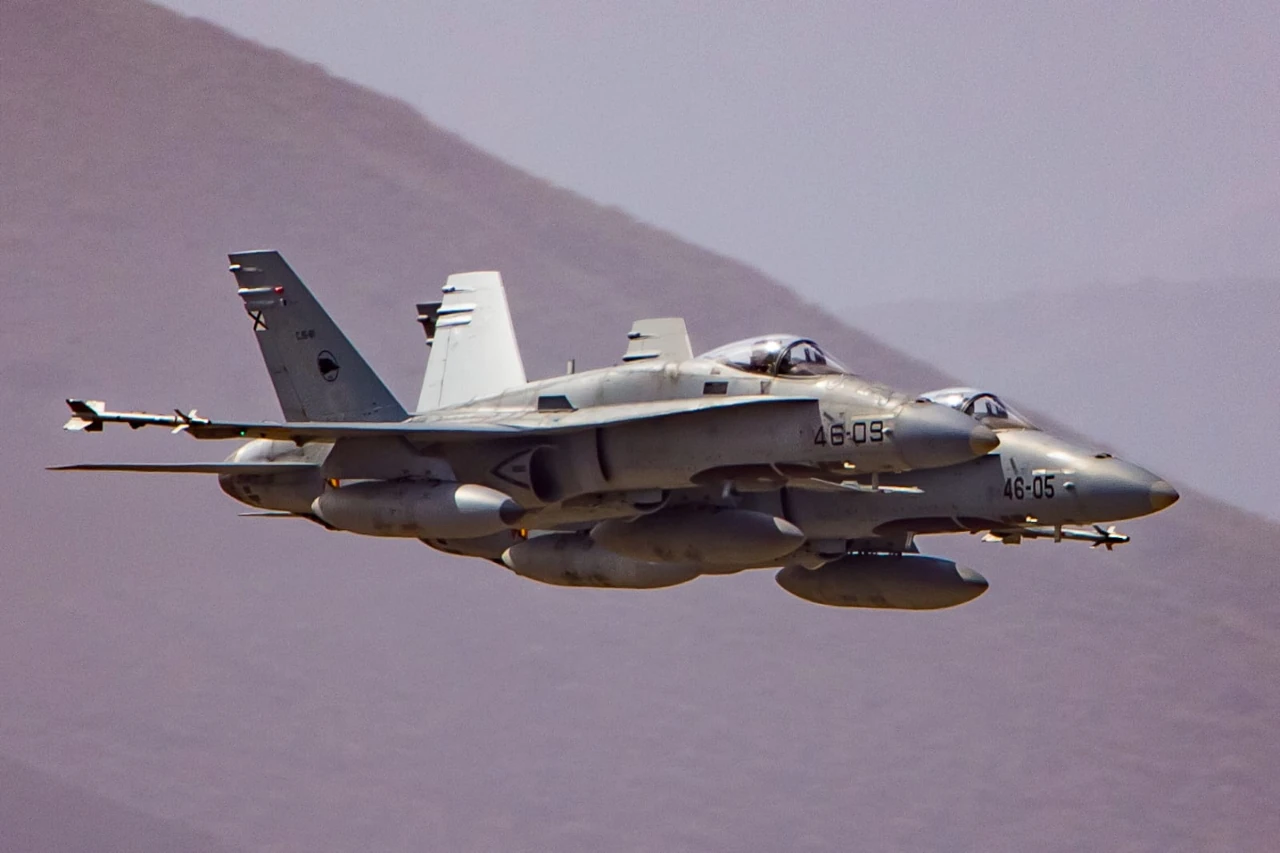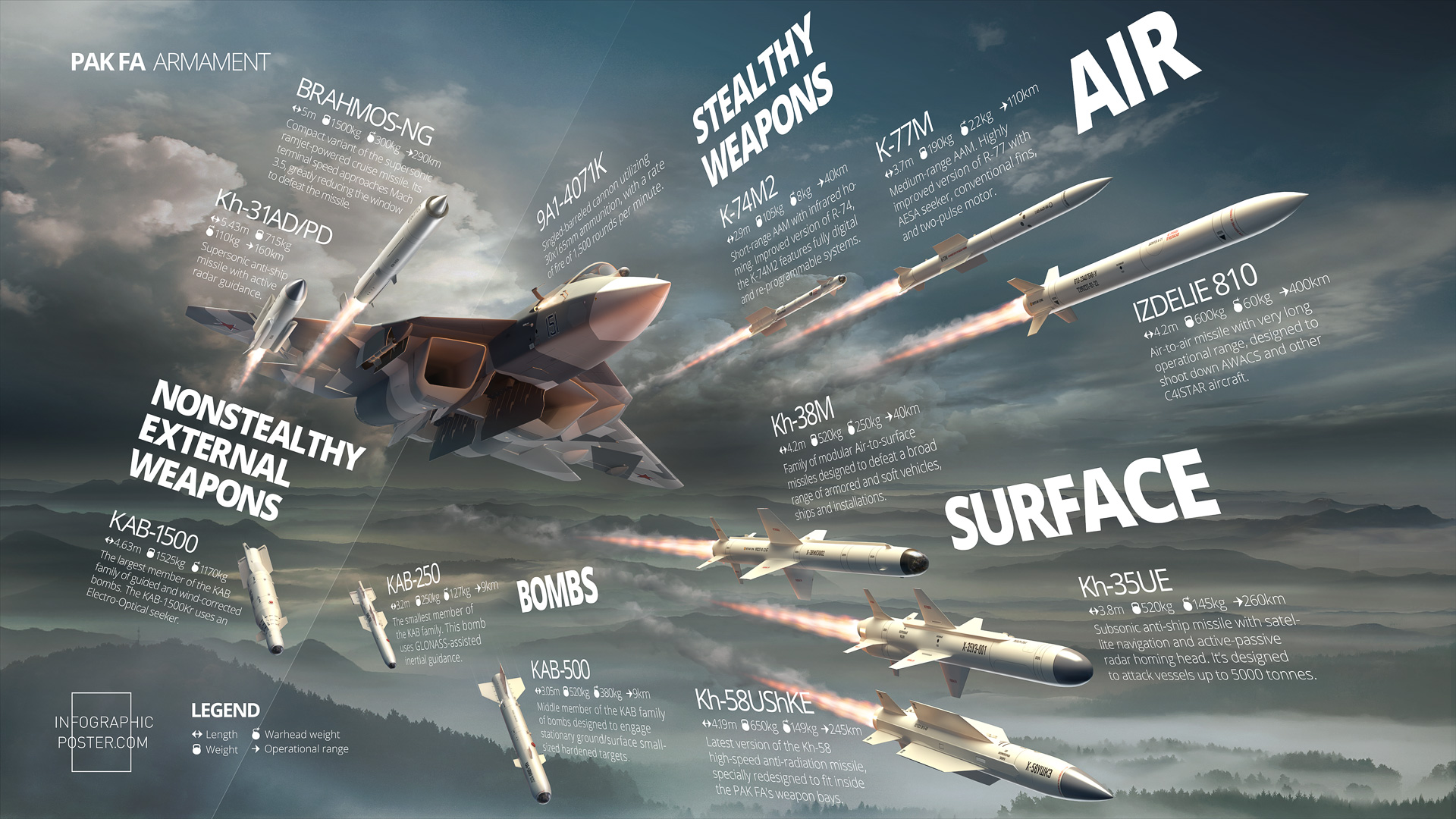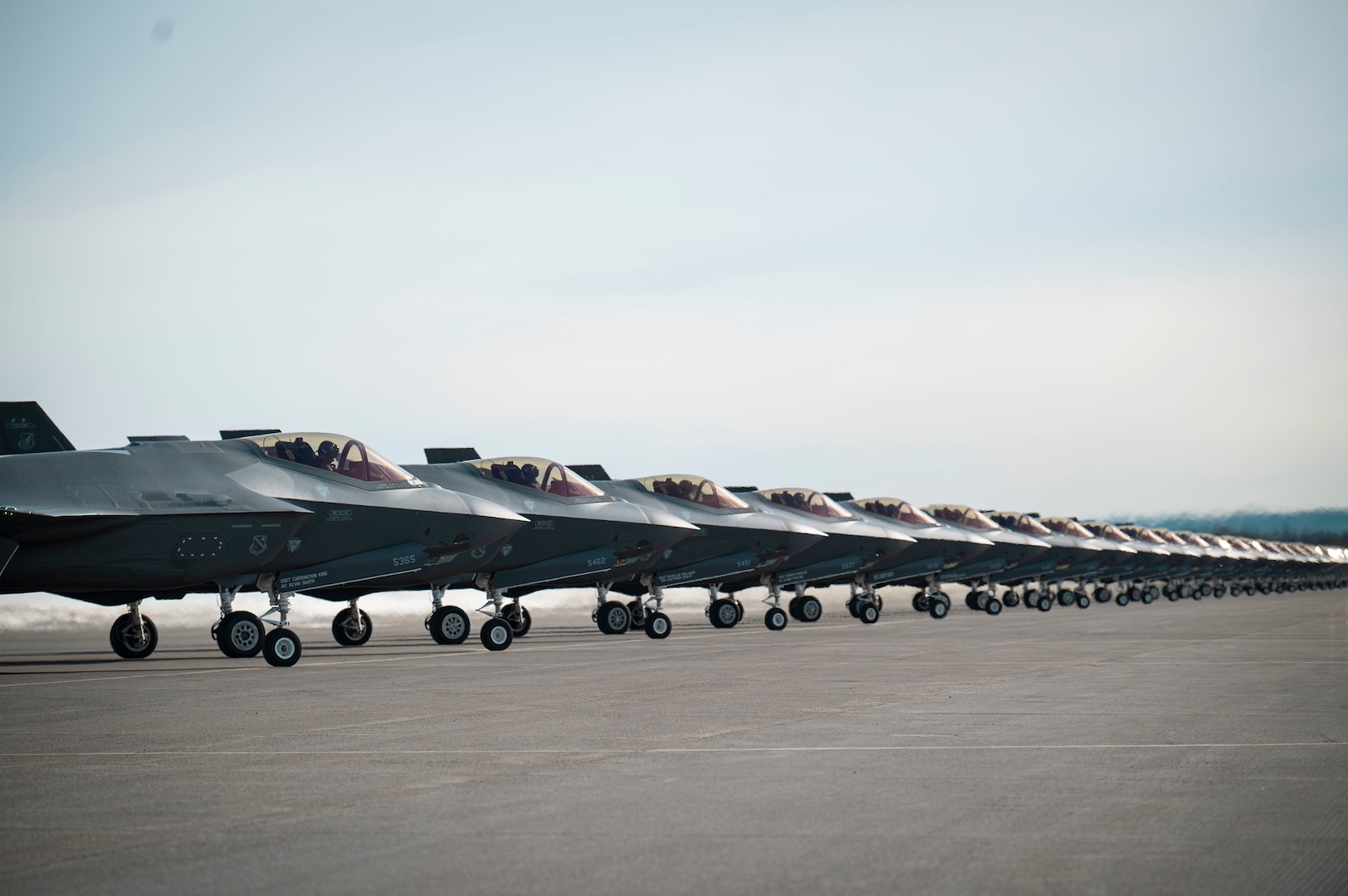2nd Generation Fighter - Over time, the technology on board undergoes very rapid changes and the capacity of the aircraft also increases with the generations. Man is still in the sixth generation of combat aircraft. Let's discuss about it.
First generation aircraft are the first attempt to create combat aircraft using jet engines. A few were developed during the closing days of World War II and show very limited combat operation.
2nd Generation Fighter
These planes have no special features. They are made only to replace piston engine airplanes in wars.
A T 38a Talon Assigned To The 2nd Fighter Training Squadron, Tyndall Air Force Base, Florida, Flies Over The Gulf Of Mexico During Checkered Flag 22 1, Nov. 18, 2021. Checkered Flag Is A
The first straight-wing aircraft common to World War II era fighters such as the GLOSTER and METEOR
The development of the second generation fighters was shaped by technological breakthroughs, lessons from the Korean War, and an emphasis on conducting operations in a nuclear war environment.
This is the manly maturity of the second generation and the rise of innovation. These are the primary development of more compatibility, the ability to traditional attack on the ground and dogfighting.
The designs of the fourth generation are heavily influenced by the lessons learned from the previous generation of fighter aircraft. Long-range air-to-air missiles, which were originally intended to render dogfighting obsolete, proved less effective than expected, leading to a renewed focus on maneuverability.
Which Is The Best Fighter Jet In The World?
Fifth generation fighter jets have controversial and enigmatic low probability radar (LPIR) interceptors, high performance aircraft, advanced avionics features, and highly integrated computer systems capable of communicating with other elements in the battlefield for situational awareness.
The sixth generation fighter jet is an intended class of fighter aircraft with a more advanced design than the fifth generation jet fighters currently in service and development. Several countries have announced the development of a sixth-generation aircraft program, including the United States, China, the United Kingdom, Russia, Italy, Sweden, Japan, Germany, Spain, Taiwan, France and India. A jet-powered fighter aircraft developed by Hawker Aircraft for the Royal Air Force (RAF) in the late 1940s and early 1950s. It was designed to take advantage of the Rolls-Royce Avon turbojet engine and tilt wing, and was the first jet-powered aircraft produced by Hawker to be purchased by the RAF. On September 7, 1953, the modified prototype broke the world air speed record for airplanes, achieving a speed of 727.63 mph (1, 171.01 km / h; 632.29 kn).
Introduced into service in 1954 as a maneuverable day interceptor, the single-seat Hunter quickly succeeded first-generation jet fighters in RAF service such as the Gloster Meteor and de Havilland Vom. The Gloster Javelin filled the all-weather/night fighting role. Successively improved variants of the type were produced, the adoption of increasingly capable embryonic models and expanded fuel capacity were among other modifications being introduced. The Hunters were also used by two RAF display teams: the 'Black Arrows', who once flew 22 Hunters in formation, and later the 'Blue Diamonds', who flew 16 aircraft. The Hunter was also widely exported, with a total of 21 serving the Air Force overseas.

During the sixties, after the introduction of the supersonic electric lightning in the role of interceptor, the Hunter transferred to serve as fighter-bomber and aerial reconnaissance missions, using variants designed for these the objectives. Two-seat variants continued to be used for training and secondary roles with the RAF and Royal Navy until the early 1990s. Sixty years after its original launch, it was still in service, and was operated by the Lebanese Air Force until 2014.
Osan Activates Fighter Generation Squadrons > U.s. Indo Pacific Command > 2015
Hunter saw combat service in a range of conflicts with various operators, including the Suez Crisis, Ad Emergcy, the Sino-Indian War, the 1965 Indo-Pakistani War, the 1971 Indo-Pakistani, Rhodesian Bush War, Second Congo War, Six Day War and Attrition and Yom Kippur War. Overall, the 972 Hunters are manufactured by Hawker Aircraft and its successor, Hawker Siddeley, as well as produced under license overseas. In British service, the Hunter was replaced in its main roles by the Lightning, Hawker Siddeley Harrier and McDonnell Douglas F-4 Phantom II.
During 1945, the Second World War was approaching, and a new post-war government, led by Klimt Attlee, came to power in Great Britain.
The initial position of the incoming Attlee government on defense was that no major conflict would occur for at least ten years, so there would be no need to develop or buy any new aircraft until 1957 . Under this policy, with the exception of a small number of exceptions such as what will become the Navy's Hawker Sea Hawk However, the majority of specifications issued by the Air Ministry for fighter-sized aircraft during the -the late forties were strictly for research purposes.
Aviation author Derek Wood refers to this policy as: "a fatal mistake by Gudgemet which was to cost Britain a whole host of fighter planes and heavy bombers".
The Kf 21 Boramae Will Evolve Until Possess Characteristics Of Sixth Generation Fighters
With the outbreak of the Cold War in the late 1940s, the RAF realized that it urgently needed the development and production of fighters equipped with features such as swept wings.
By this time it had also become clear that the recently developed jet propulsion would shape the future of fighter aircraft development. Many companies rushed to create their own designs to exploit these means of payment. Hawker Aviation's chief designer, Sydney Camm, proposed the Hawker P. 1040 for the RAF, but the demonstrator failed to interest them.
Further modifications to the basic design resulted in the Hawker Seahawk carrier fighter. However, the Sea Hawk had a straight wing and was powered by a Rolls-Royce Ne turbojet, both features quickly becoming obsolete.

Seeking better performance and meeting the specifications of the Air Ministry E.38/46, Sydney Camm designed the Hawker P.1052, which was a Sea Hawk with a sweeping wing of 35°. He made his first flight in 1948, the P. 1052 showed good performance and carried out several carrier trials, but eventually it was determined that it did not require further development into a production aircraft.
Meet The The 5 Best (and 5 Worst) Fighter Aircraft Ever
As a private operation, Hawker proceeded to convert the second P.1052 prototype into a Hawker P.1081 with broken airframes, a revised fuselage, and a single rear exhaust jet. On June 19, 1950, Fr. 1081 performed a maid flight, promising to attract the interest of the Royal Australian Air Force (RAAF); However, further development was hindered by difficulties in reheating the fan. In 1951, the only P.1081 prototype was lost in a crash.
Hunter WB188 prototype, modified to Mark 3 standard, shown in World Speed Standard colors in 1976
In 1946, the British Air Ministry issued Specification F.43/46, which required a jet-powered daytime interceptor. Camm immediately prepared a new winged fighter design that would be powered by the upcoming Rolls-Royce Avon turbojet. The main advantage of Avon over the previous Negine, as used on the previous Sea Hawk, was the adoption of an axial compressor, which allowed a much smaller grain diameter and provided greater thrust; This single plane gave almost as much power as the Rolls-Royce Deutros of the Gloucester Meteors, a fighter plane that will be replaced by the new plane that appeared. In March 1948, the Air Ministry issued a revised Specification F.3/48, which stated a speed of 629 mph (1,010 km/h) at 45,000 feet (13,700 m) and a high rate of climb,
While carrying a boom of four 20 mm (0.79 in) or two 30 mm (1.18 in) guns (instead of the large caliber cannon required by the previous specification).
Trumpeter 1/32 Mig23mld Flogger K Soviet Fighter Model Kit, Pots & Pans
Initially equipped with a single air inlet in the nose and a T-shaped tail, the project quickly evolved into the most iconic form of Hunter. The intakes were moved to the wing roots to make room for the weapons and radar in the nose, and a more transformative tail arrangement was designed as a result of stability concerns.
In 1950, the outbreak of the Korean War and the strong involvement of the British in that conflict led to a wave of orders being given. The need for modern and capable interceptors was felt to be so urgent that the RAF was prepared to consider accepting interim fighter aircraft while more capable fighters continued to be pursued. In particular, the RAF felt that the proposed pair of Hawker Aircraft and Supermarine fighters were of great interest, and therefore placed orders for these proposed fighters "off the drawing board" in 1950.
The reason for ordering these two aircraft in 1950 was intended as an insurance policy on the eve of the failure of either of these projects to produce a viable aircraft; These two aircraft would later be known as the Supermarine Swift and Hawker Hunter, respectively.
On 20 July 1951 P. 1067 made a maiden flight, flown by Neville Duke, from RAF Boscombe Down, powered by a single 6,500 lbf (28.91 kN) Avon 103 engine.
Fastest Fighter Jet
The second prototype, which was fitted with standard production avionics, armed with a 7,550 lbf (33.58 kN) Avon 107 turbojet, first flew on May 5, 1952. As insurance against problems with development on the part of Avon gine, Hooker modified the design to accommodate. another Axial turbojet, the 8,000 lbf (35.59 kN) Armstrong Siddeley Sapphire 101. The third prototype was armed with the Sapphire on November 30, 1952.
On March 16, 1953, the first standard production Hunter F.1, a 7,600 lb (33.80 kN) Avon was fitted with
6 generation jet fighter, 2nd generation, 6th generation fighter, sixth generation fighter aircraft, six generation fighter jet, generation 6 fighter, fourth generation fighter, fighter generation, ngad 6th generation fighter, 4th generation fighter, next generation jet fighter, 6th generation fighter jets


0 Comments